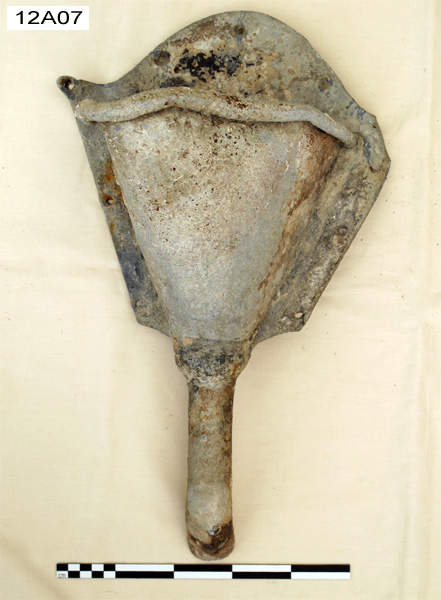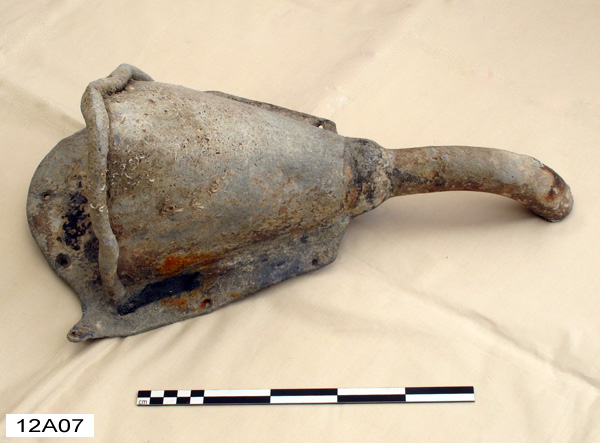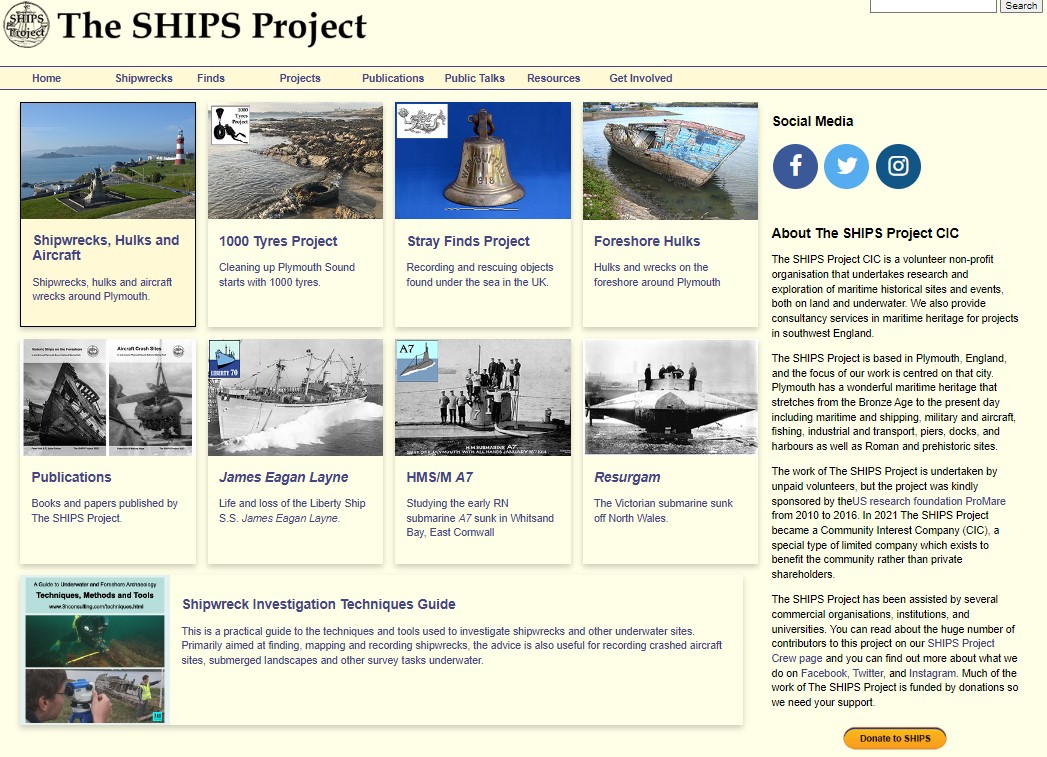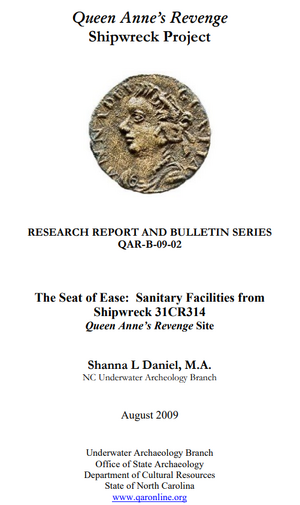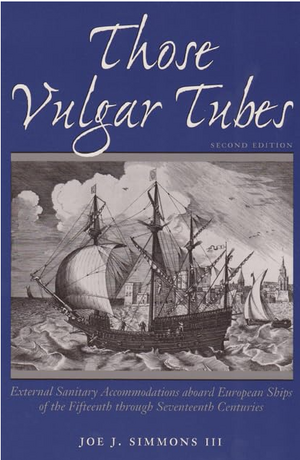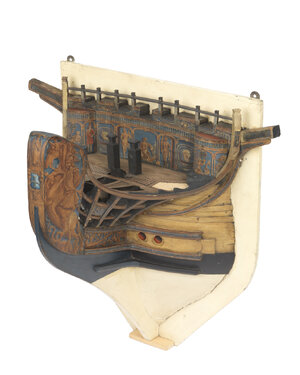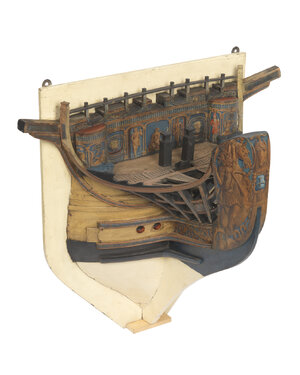Starting this topic in order to collect information about this detail
Pissdales
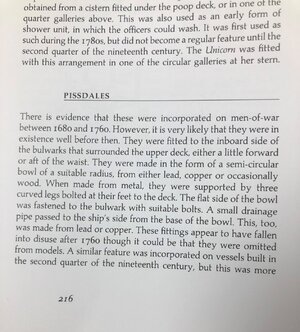
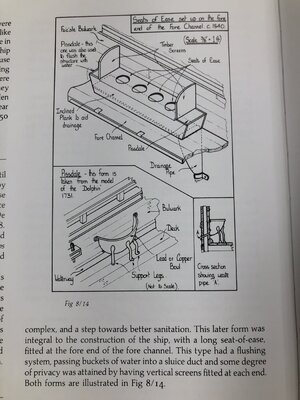
A very good example here on Willis model - hope it is ok to use your photo here to explain
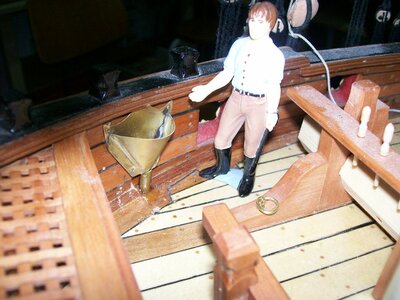
and a pissdale made out of wood on the contemporary model
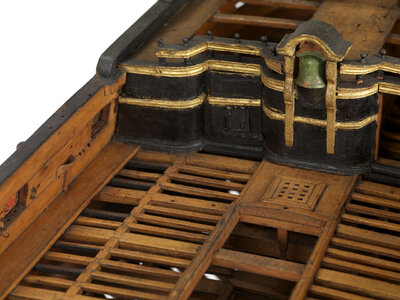
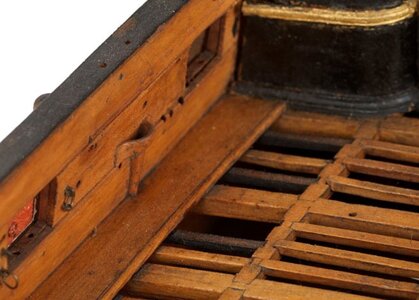
At this scale the model depicts a ship measuring 144 feet along the gun deck by 37 feet in the beam with an approximate tonnage of 910 burden. Its dimensions are very similar to the third rates built to the Establishment of 1706 although the beam is slightly too narrow. The 60-gun third rates lasted well into the late 18th century playing a part in the line of battle.
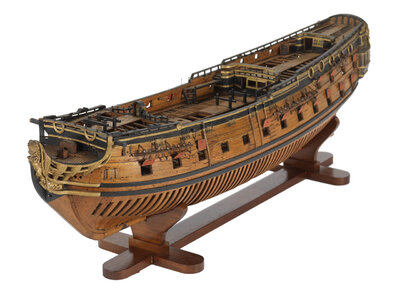
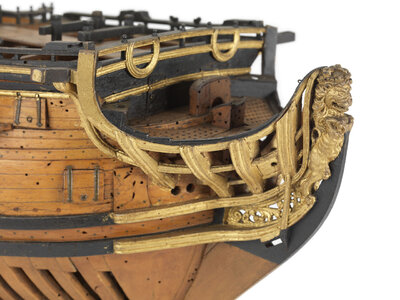
 www.rmg.co.uk
www.rmg.co.uk
Everybody who has other examples or additional information, please post here
Pissdales


A very good example here on Willis model - hope it is ok to use your photo here to explain

and a pissdale made out of wood on the contemporary model


Warship; Third rate; 60 guns
Scale: 1:48. A contemporary full hull model of 60-gun two-decker third rate ship of the line (circa 1706), built plank on frame in the Navy Board style. The model is decked, equipped and mounted on a modern wooden support. A noticeable feature is the rather austere carved decoration brought about by the order of 1703, with the rounded and plainer gunport decoration on the quarterdeck in evidence. The stern galleries are surmounted by a very detailed taffrail, under which is thought to be the royal monogram ‘AR’, of Queen Anne, and is placed centrally on a shield.At this scale the model depicts a ship measuring 144 feet along the gun deck by 37 feet in the beam with an approximate tonnage of 910 burden. Its dimensions are very similar to the third rates built to the Establishment of 1706 although the beam is slightly too narrow. The 60-gun third rates lasted well into the late 18th century playing a part in the line of battle.


Warship; Third rate; 60 guns | Royal Museums Greenwich
Everybody who has other examples or additional information, please post here






